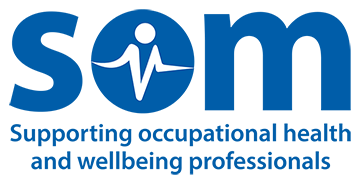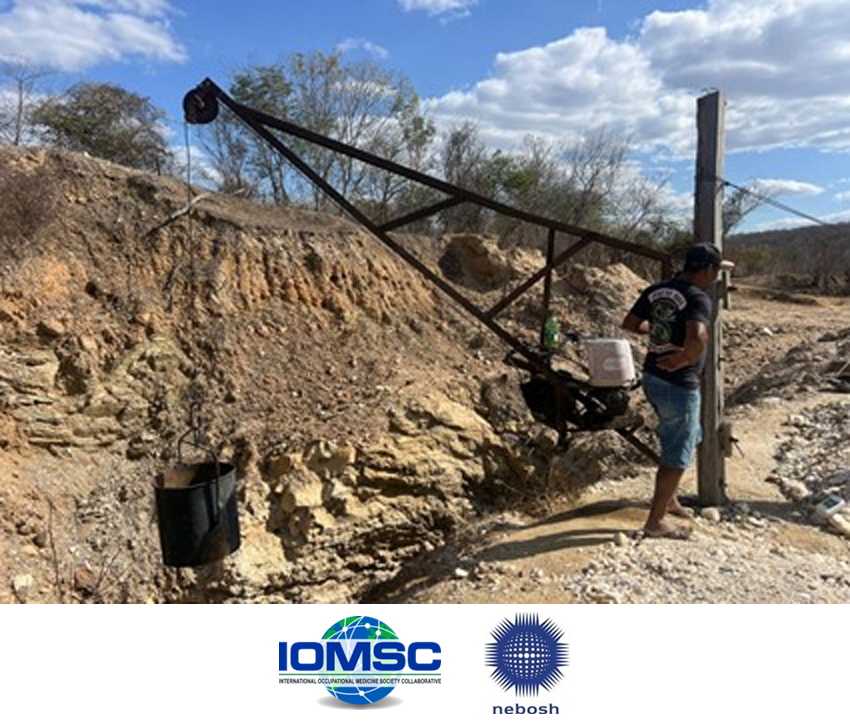
By Rose Wood, SOM International Coordinator
100 million people work in the informal mining sector worldwide, using basic tools to extract minerals and metals, often without proper equipment. There is little separation between living and working areas, miners and their families are exposed to pollutants and toxic hazards, leading to potentially fatal illnesses such as silicosis, tuberculosis, chronic respiratory and cardiovascular diseases.
A new project, coordinated by the International Occupational Medicine Society Collaborative (IOMSC) and SOM is under way to examine how to improve the health of people who work and live in these mining communities.
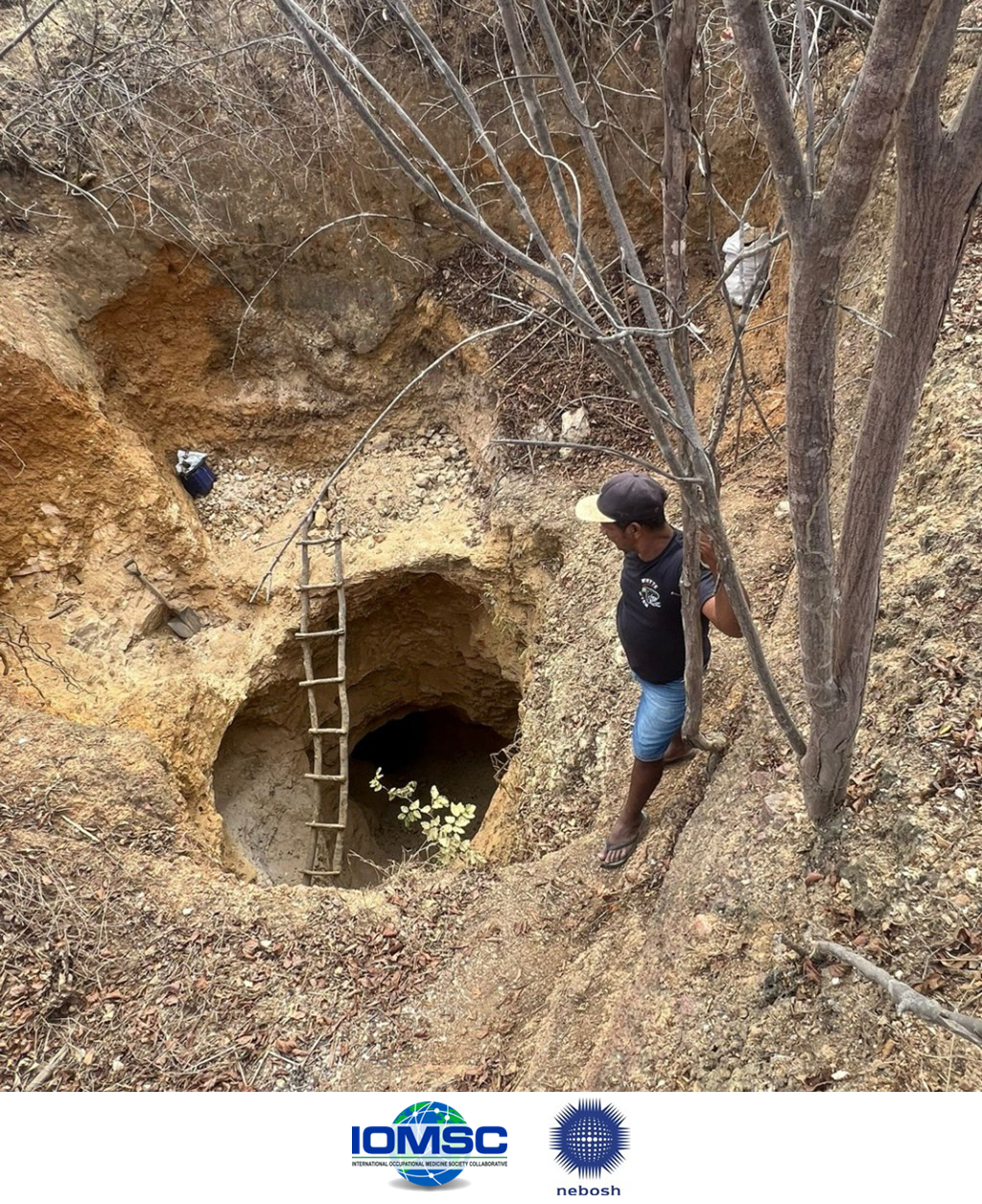
Photo: From Dr Richard Heron, mine in Araçuaí, Brazil
IOMSC are partnering with occupational health (OH) and mining leads in four countries – Professor Dingani Moyo in Zimbabwe, Dr Maria Borda in Colombia, Carlos Henrique in Brazil and Dr Deogratias Sekimpi in Uganda. Ethics approval and data collection for this project is well underway, guided by the literature review and survey instruments created by the project’s Academic Lead, Professor Gavin Hilson at the University of Surrey. The literature review will guide the next steps for the project.
IOMSC site visits have taken place to the four partner countries. These visits build ‘on the ground’ relationships with miners and local stakeholders, understanding the contextual nuances, and advocating for miner’s OH with local and national leaders.
IOMSC Co-Chair Dr Richard Heron joined our lead partner in Brazil, Dr Carlos, for site visits around Araçuaí Minas Gerais. He presented the project’s goals to local mining leaders and discussed data collection, which will begin next month. Together, they attended six meetings with cooperatives as well as visiting a hospital and two basic health units. See photos above and below. Dr Carlos stated that, "Implementing the project in Brazil is very important and emphasises health and safety aspects often overlooked in the ASM sector, while fostering a bottom-up vision to design strategies for mitigation and more responsible practices."
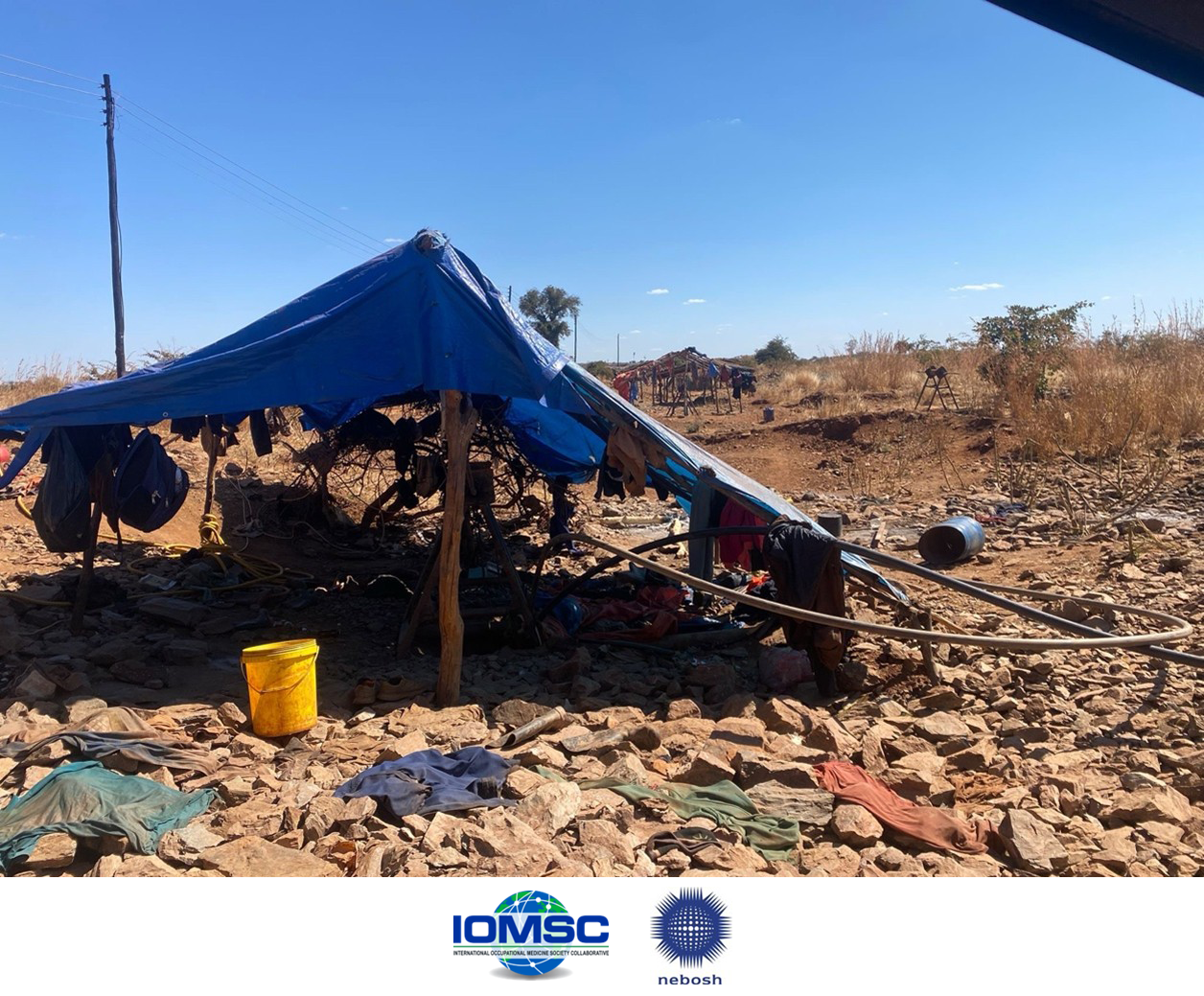
Photo: From Nick Pahl, ASM mining site in Zimbabwe
SOM CEO, Nick Pahl, visited Zimbabwe in July. He briefed the ILO Country Director and team, WHO and representatives from the British Embassy - raising awareness and progress with the project. He visited the sites where data was being collected by the research team. Initial results highlighted the health risks of silicosis (TB and HIV compounded) and mercury poisoning for the half a million plus ASM miners. Some of the key challenges faced by ASMs is the lack of specific screening services for those exposed to occupational hazards such as silicon dioxide, mercury and other chemicals. Nick also visited Colombia earlier in the year to strengthen relationships with officials, including Choco State authorities, the ILO and nationally at the Colombian Occupational Medicine Conference in Bogota.
Dr Kabir Varghese, an occupational medicine trainee, is finally carrying out a site visit to Uganda in October to assist the team with data collection, as well as meet with representatives from the British High Commission in Kampala, and other stakeholders. Following initial field visits, Dr Deogratias commented that, "As expected, Artisanal and Small-Scale Mining in Uganda has been observed to have a wide range of hazards, but with limited preventive interventions in place at the moment. Hence a massive educational and practices change intervention of this project will be very pertinent."
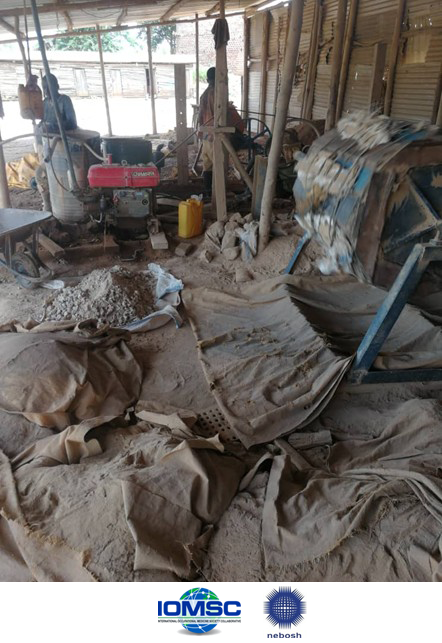
Photo: Dr Deogratias Sekimpi, gold processing in Kassanda, Uganda
The qualitative data gathered will contextualize the nuances of the sector in each country and guide the development of a second phase focusing on implementation and advocacy.
SOM and IOMSC continue to work to raise awareness and advocate for improved OH in the ASM sector internationally, at events such as a Thought Leaders’ Summit during the World Health Assembly week at the ILO in Geneva and the SOM/FOM Conference International Session.
SOM is grateful for the continued guidance of mining and OH experts through the SOM Mining Special Interest group and expert steering group.
We are grateful to NEBOSH for their generous funding of this project and their ongoing support.
For further information about the project, please contact me at rose.wood@som.org.uk
See this July 2025 review of ASM OH and Safety Concerns (and French translation here).